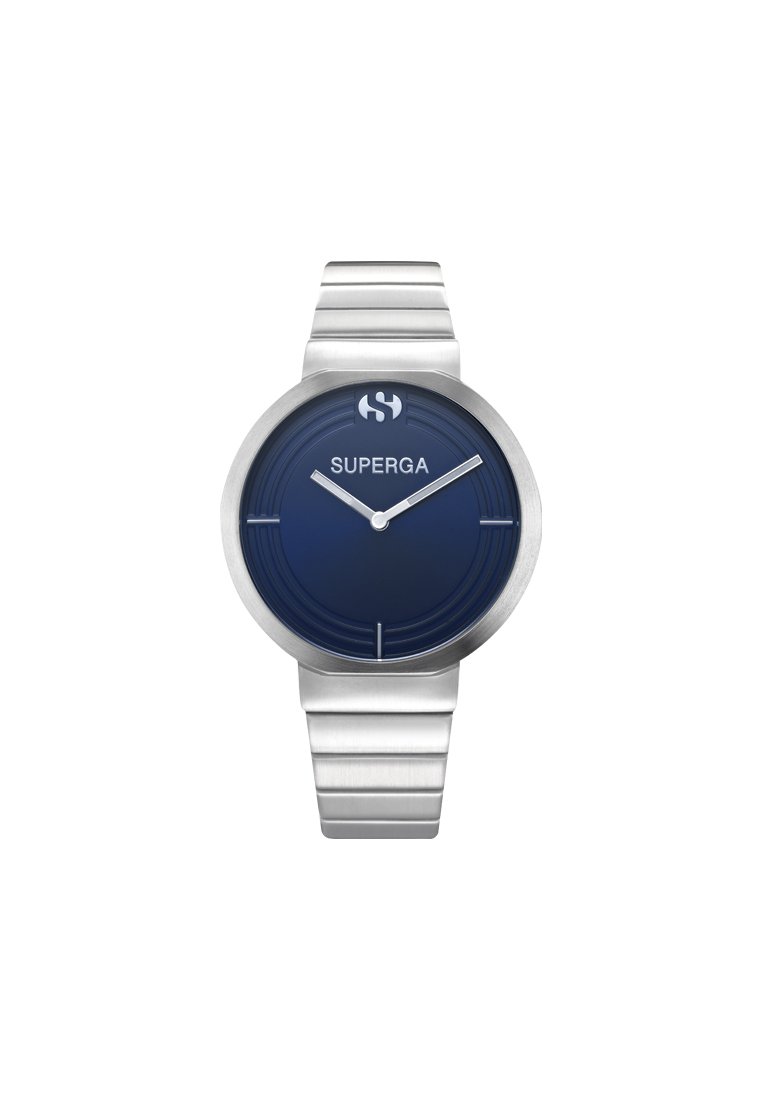

SILVER QVIEW TRANSIT CRACKED
When they proposed sealing the cracked concrete with a waterproofing solution, the county said it was insufficient and sought out the help of KCE. It wasn’t until September 2011, when the first reports of deficiencies were made public, that county officials directed Foulger-Pratt to find a fix. KCE claims that they “did not raise sufficient concern” about cracks in the concrete and didn’t look for a solution. Yet the county’s inspectors looked the other way. And some columns, while being structurally sound, are thinner than what’s allowed by the fire code. The slabs were supposed to be roughly 10 inches thick, but in reality, they ranged from 7 to 12 inches. In some places, they were built without necessary reinforcing steel.Īs previously noted, about 60% of the concrete in the decks were poured too thinly in some places and too thick in others.


In addition, the transit center’s concrete decks, meant to carry buses and other vehicles, aren’t as strong as they’re supposed to be. The concrete developed cracks and broke away in places, leaving the complex susceptible to water damage and reducing its life expectancy to just 12.5 years when it was supposed to last for 50. “Unfortunately, the news is not good,” he said.Ĭonstruction errors, lack of oversight plague the projectĪccording to KCE’s report, discrepancies between Parsons Brinckerhoff’s design documents and the working plans drafted by Foulger-Pratt’s subcontractors led to improperly-installed and treated concrete, which was exposed to harsh winter weather and settled unevenly. The County Council discussed the report in a closed session yesterday afternoon, and County Executive Ike Leggett released a statement expressing dismay at its results. Balter Company failed to report problems or find adequate solutions for them.

KCE concluded that the situation resulted from a “lack of coordination” between contractor Foulger-Pratt and engineering firm Parsons Brinckerhoff, while the county’s independent inspectors from the Robert B. All of this is part of a 100-page report that was posted on the county’s website yesterday, two months after its January deadline. They found significant construction defects, ranging from improperly-laid concrete to columns that don’t meet fire codes. Montgomery County hired KCE Structural Engineers to look at the three-story complex. Construction began in 2008, but stopped over a year ago after workers discovered that the concrete was too thin. Located next to the Silver Spring Metro station, the transit center is intended as a hub for local, commuter and intercity buses, MARC trains, and the future Purple Line. While there are ways to fix the complex, it’s unclear how much it’ll cost and when it’ll be done. Infatuated with all things Transit Connect? Then subscribe to Ford Authority for the latest Ford Transit Connect news and continuous Ford news coverage.Structural problems make the Silver Spring Transit Center unsafe and all parties involved were responsible, says a report released yesterday. It’s widely expected to employ the Ford C2 platform, which the Bronco Sport currently utilizes, as does the Ford Escape. market Transit Connect is slated to be manufactured at the Ford Hermosillo Assembly plant in Mexico alongside the Ford Bronco Sport. Unlike the current model, the future U.S. Additionally, the next-gen model is on the horizon, as The Blue Oval recently approached suppliers to get price quotes on the parts it would need to bring it to market. For starters, the company discontinued the Taxi Package last year, along with two colors, before the start of the 2021 model year. However, the ongoing microchip shortage forced Ford to sharply cut output at the facility through July, although it is currently unclear if the Transit Connect is specifically affected by these recent changes, as the facility is responsible for assembling a wide variety of vehicles.įord Authority has extensively covered everything there is to know about the current and future Transit Connect. As of this writing, the 2021 Ford Transit Connect passenger wagon and cargo van are available at the fleet and retail level, as the Ford Valencia Assembly plant has been producing the latest version of the compact vehicle since June 2020.


 0 kommentar(er)
0 kommentar(er)
